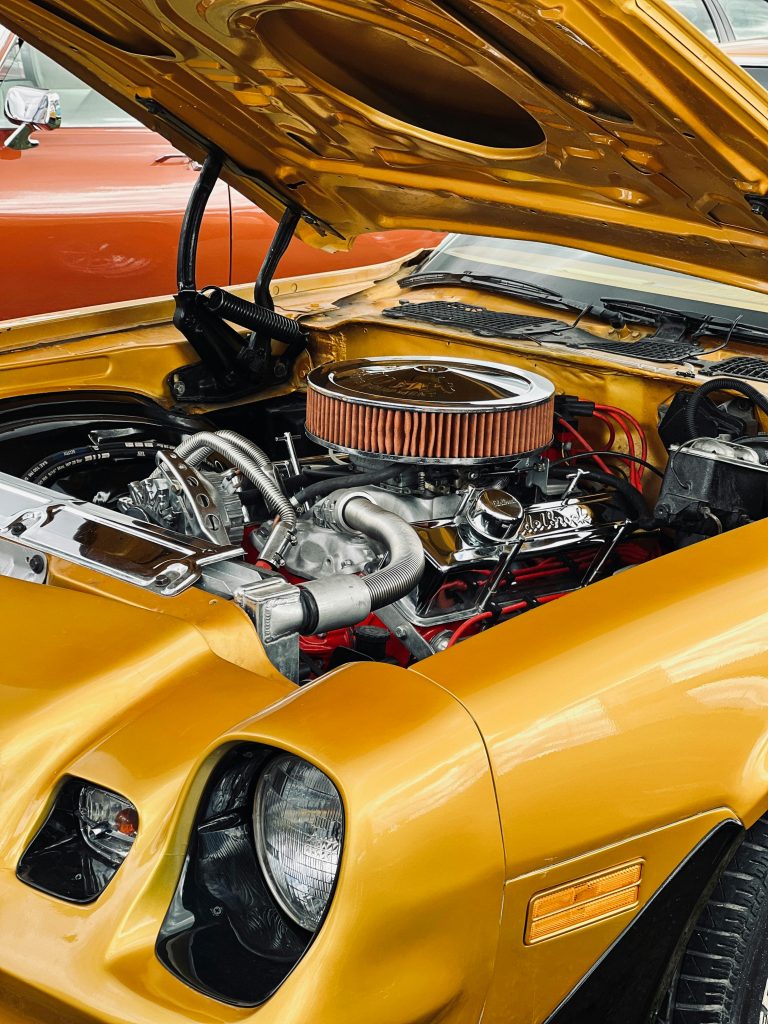Muscle cars have a special place in automotive culture, but not every classic holds up well over time. When it comes to collecting, some models come with hidden issues that can cause trouble down the road.
You should be aware that certain muscle cars are avoided by collectors because of known flaws or poor long-term value. Understanding these pitfalls can help you make smarter choices if you’re looking to add muscle cars to your collection.
Overproduced Models with Low Rarity
You might want to steer clear of muscle cars that flooded the market, making them less special for collectors. Cars like the 1979 L48 Corvette were made in large numbers, which lowers their value today.
When a model is common, it’s harder for your car to stand out. Rarity often drives collector interest, so overproduced cars may not offer much long-term appeal or investment potential for you.
Muscle Cars with Known Mechanical Failures
You might want to watch out for muscle cars like the Ford Mustang Boss 302, which is known for having poor pistons that can cause engine trouble. These mechanical issues can lead to costly repairs down the road.
Similarly, some 1971 Plymouth Hemi ‘Cudas are notorious gas guzzlers, which can make them expensive to maintain. If you’re looking for reliability, these cars might give you headaches more than joy.
Cars Prone to Overheating Issues
If you enjoy taking your muscle car for long drives or slow cruising, be aware some models tend to overheat. Over time, parts like the radiator can get clogged with rust or debris, reducing cooling efficiency.
You might find that older cars especially struggle with heat during idle or stop-and-go traffic. Keeping an eye on your cooling system and regular maintenance can help, but some models are just more prone to overheating than others.
Vehicles with Poor Parts Availability
When you own a classic muscle car, finding replacement parts can be a real challenge. Some models have parts that simply aren’t made anymore, making repairs costly and time-consuming.
If you pick a car with scarce parts, you might spend more time hunting parts than enjoying your ride. This issue is common with certain European and older American muscle cars. Keeping these cars running can quickly become a headache.
Models with Questionable Design Choices
When you look at some muscle cars, you’ll notice design decisions that don’t quite add up. These choices can affect both performance and ownership experience.
For example, some models have engines that don’t handle well over time or use materials prone to early wear. You might also find cars with poor fuel efficiency or uncomfortable interiors, making them less appealing for collectors.
Collector Cars with Frequent Brake Problems
You’ll find many classic muscle cars still use drum brakes, which don’t stop as well as modern disc brakes. This can make driving less safe, especially in emergency situations.
If the brake system hasn’t been properly updated, you may face frequent maintenance or feel that the brakes are sluggish. It’s smart to check if previous owners upgraded the brakes before buying.
Keeping your brakes in good shape is key. Consider upgrading components like linings or even switching to disc brakes where possible for safer, more reliable stopping power.
Cars with Weathered or Bubbling Paint
If you spot bubbling paint on a muscle car, it’s often a sign the metal underneath is rusting. This happens when the paint separates from the metal, letting moisture in.
Weathered paint means the vehicle’s exterior has been exposed to harsh conditions for a long time. This can lead to costly bodywork if you want to restore the car.
You should be cautious about cars with these paint issues, as they often indicate hidden damage beneath the surface.
Muscle Cars Known for Poor Gas Mileage
If you value fuel efficiency, some muscle cars might frustrate you. The 2015 Camaro ZL1, for example, gets only about 14 miles per gallon combined. That means frequent stops at the pump on longer drives.
Older models like the 1970 Ford Torino also struggled with fuel economy. Back then, gas prices and mileage weren’t top priorities for muscle car makers, which can be tough for today’s collectors concerned about running costs.
Vehicles Vulnerable to Rust Damage
You should be careful with muscle cars known for rust problems. Some models, like certain Pontiacs, can develop severe rust quickly, which leads to costly repairs.
Rust can damage important parts of your car, affecting its structure and safety. If you’re looking for a collector muscle car, consider how much rust repair you might face over time. Taking good care of the body and storing your car properly helps prevent rust from spreading.
Classic Cars with High Maintenance Costs
If you’re thinking about owning a classic muscle car, be ready for some expensive upkeep. Cars like the Jensen Interceptor can rust easily, which makes repairs costly and frequent.
You might also find that models like the Dodge Viper require specialized parts and care. These factors can add up quickly, making your dream car a pricey hobby.

Leave a Reply